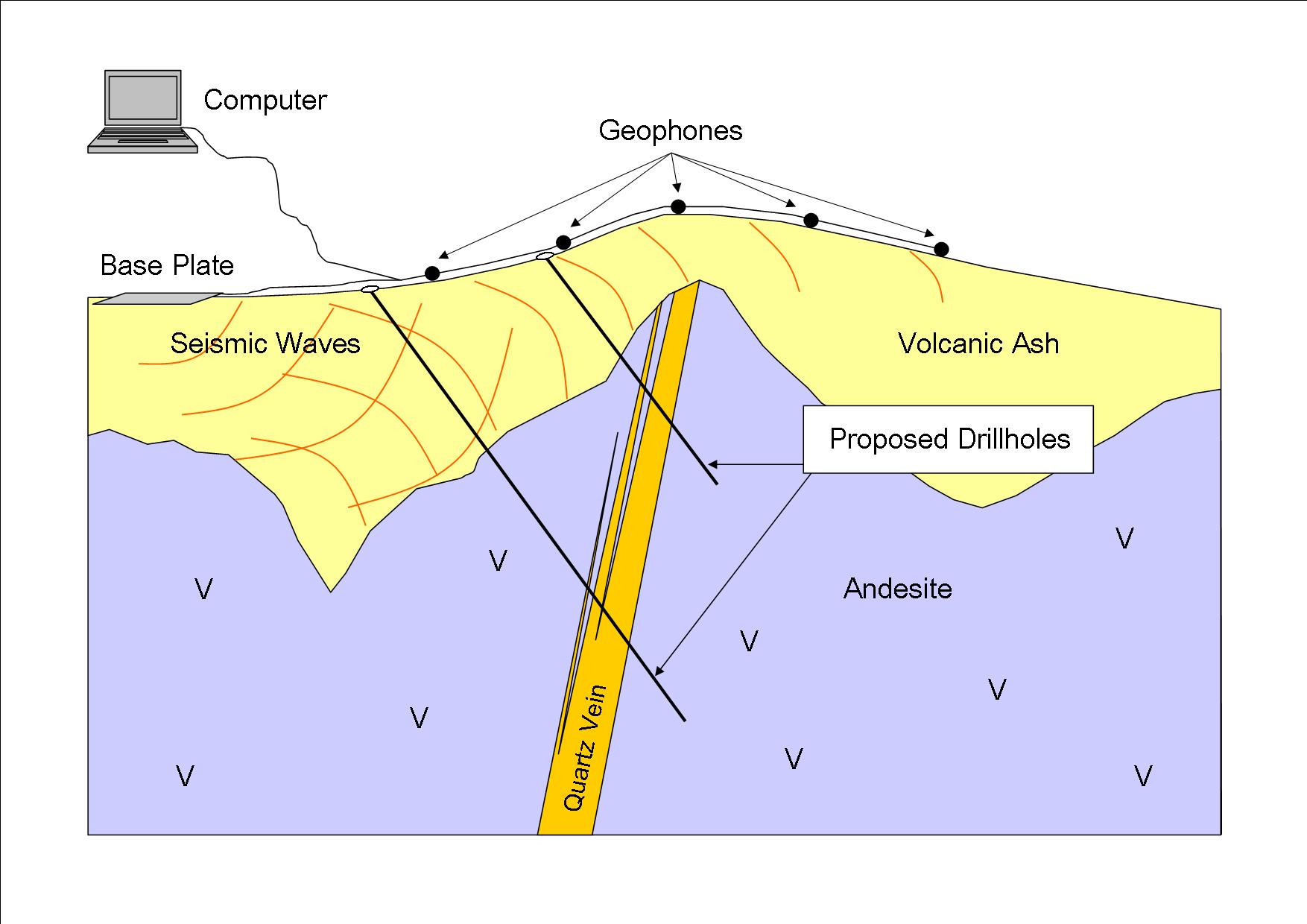All Categories
Featured
Table of Contents
Geophysical Survey - Suffolk Heritage Explorer in Bull Creek Australia 2023
Much of the image consists of blank areas now with little or no radar response. The "courtyard" wall is still showing strongly, nevertheless, and there are continuing suggestions of a difficult surface in the SE corner. Time piece from 23 to 25ns. This last slice is now practically all blank, however a few of the walls are still showing strongly.
How deep are these slices? The software I have access to makes approximating the depth a little difficult. If, nevertheless, the top 3 pieces represent the ploughsoil, which is most likely about 30cm think, I would guess that each slice is about 10cm and we are only coming down about 80cm in overall.

Luckily for us, many of the sites we are interested in lie just below the plough zone, so it'll do! How does this compare to the other methods? Comparison of the Earth Resistance data (leading left), the magnetometry (bottom left), the 1517ns time piece (top right) and the 1921ns time piece (bottom left).
Geophysical Services in Balcatta Aus 2023
Magnetometry, as discussed above, is a passive technique measuring local variations in magnetism against a localised zero worth. Magnetic vulnerability survey is an active technique: it is a measure of how magnetic a sample of sediment could be in the presence of a magnetic field. Just how much soil is tested depends on the diameter of the test coil: it can be really little or it can be reasonably big.
The sensor in this case is extremely small and samples a tiny sample of soil. The Bartington magnetic vulnerability meter with a big "field coil" in usage at Verulamium throughout the course in 2013. Top soil will be magnetically boosted compared to subsoils just due to natural oxidation and decrease.
By measuring magnetic vulnerability at a relatively coarse scale, we can spot locations of human occupation and middens. We do not have access to a reliable mag sus meter, however Jarrod Burks (who helped teach at the course in 2013) has some excellent examples. One of which is the Wildcat website in Ohio.
Geophysical Survey - Mining Fundamentals in Mundijong Aus 2021
These towns are frequently laid out around a central open location or plaza, such as this rebuilt example at Sunwatch, Dayton, Ohio. The magnetic vulnerability survey assisted, however, specify the main area of occupation and midden which surrounded the more open area.
Jarrod Burks' magnetic vulnerability survey arises from the Wildcat site, Ohio. Red is high, blue is low. The technique is therefore of great use in defining locations of basic profession instead of determining specific features.
Geophysical surveying is a used branch of geophysics, which uses seismic, gravitational, magnetic, electrical and electromagnetic physical methodologies at the Earth's surface area to determine the physical residential or commercial properties of the subsurface - Geophysical Surveys - U.s. Geological Survey in Wellard Aus 2022. Geophysical surveying techniques typically determine these geophysical properties together with abnormalities in order to examine various subsurface conditions such as the existence of groundwater, bedrock, minerals, oil and gas, geothermal resources, spaces and cavities, and a lot more.
Table of Contents
Latest Posts
Airborne Geophysical Survey in Hocking Aus 2023
Geophysical Survey Services - Geophysical Test Methods in Karrinyup Australia 2020
Geophysicist: Job Description, Duties And Requirements in The Vines Aus 2020
More
Latest Posts
Airborne Geophysical Survey in Hocking Aus 2023
Geophysical Survey Services - Geophysical Test Methods in Karrinyup Australia 2020
Geophysicist: Job Description, Duties And Requirements in The Vines Aus 2020